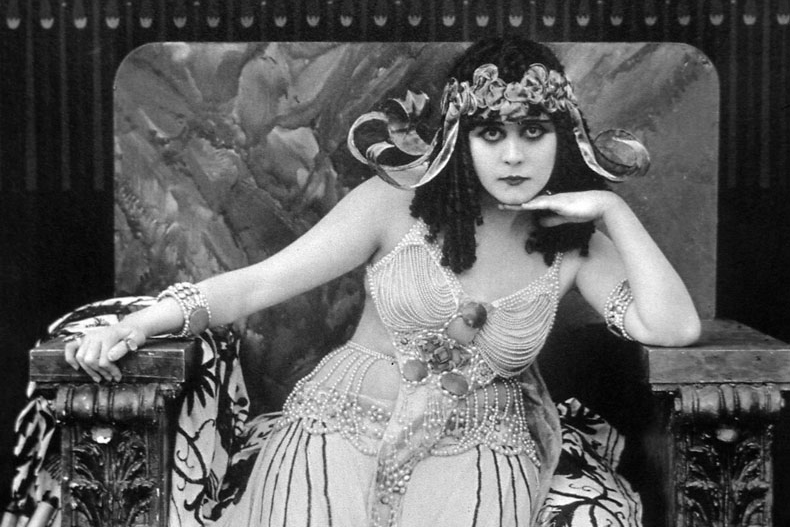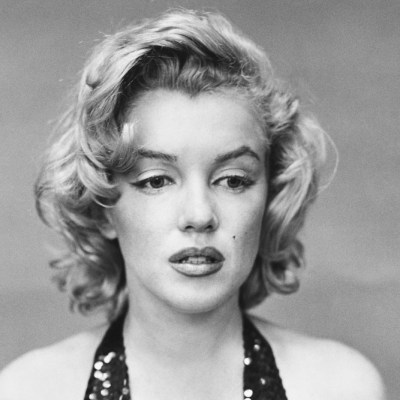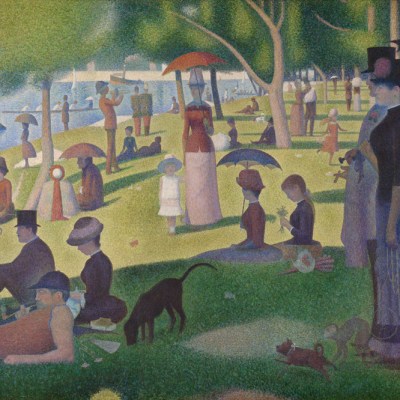The Victoria & Albert Museum’s current blockbuster considers the figure of the diva – the most glamorous and often most outrageous performers of the 19th and 20th centuries. How do the decorative and visual arts embellish individual talent and create icons that come to represent the culture and society of a period?
The etymology of the word ‘diva’ is from the Latin ‘goddess’, a theme that is taken up in the alcoves of the Fashion Galleries. Beautiful celestial projections, by video designer Tal Rosner, glitter and slowly change, create astronomical diagrams with divas such as Marilyn Monroe, Janis Joplin, Tina Turner, Prince, RuPaul at their centre – stars, galaxies and constellations of the gods and goddesses of modern Western culture. While the diva is in some ways a timeless figure, it is a figure with a history and the exhibition has a roughly chronological structure, arranged in two sections that fall into three acts. Act One begins in the second half of the 19th century with the performers of opera, theatre and music hall. The original divas, the exhibition argues, used their celebrity to become powerful and wealthy entrepreneurs; throughout, we find divas using fame to promote particular social, racial and sexual identities. Women such as Jenny Lind, Adelina Patti and Sarah Bernhardt are represented in engraving, photography, sculpture, costume, jewellery and recordings of their voices. This is a multidisciplinary and multi-media show: visitors are given individual headsets that respond to sensors so that the soundscape changes as you move through the displays; later, film clips are used extensively and to great effect.
Portrait of Adelina Patti (c. 1865–70), Franz Xaver Winterhalter. Courtesy Harewood House Trust
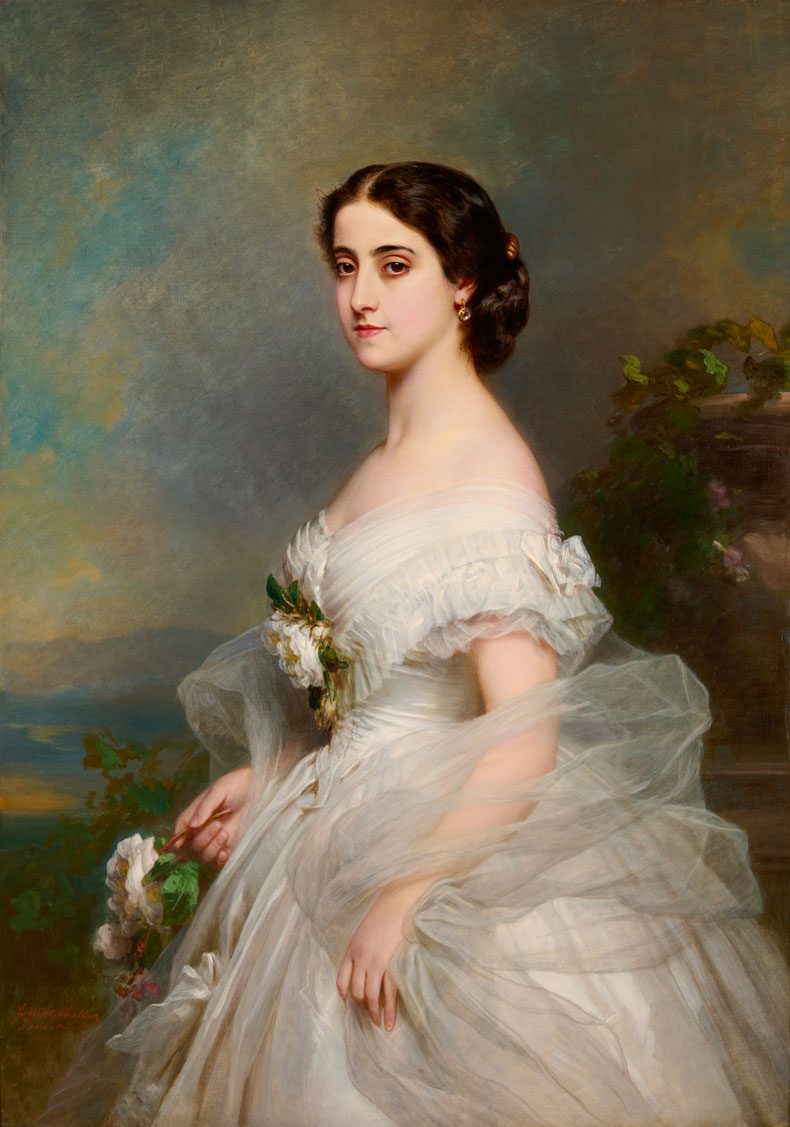
Act One continues with the stars of early and classical Hollywood cinema and operatic divas. The voices and images of Maria Callas, Jessye Norman, Bette Davis, Marilyn Monroe and many others seduce and entice. A poster for All About Eve (1950) provides a background for the fur-trimmed evening dress Bette Davis wears to play the ageing actress Margo Channing. A perfectly synchronised clip shows her in the costume and delivering the memorable line: ‘Fasten your seat belts, it’s going to be a bumpy night.’
Still from Diva Constellations by Tal Rosner for Act Three of ‘DIVA’ at the Victoria and Albert Museum, London. Photo: © Tal Rosner
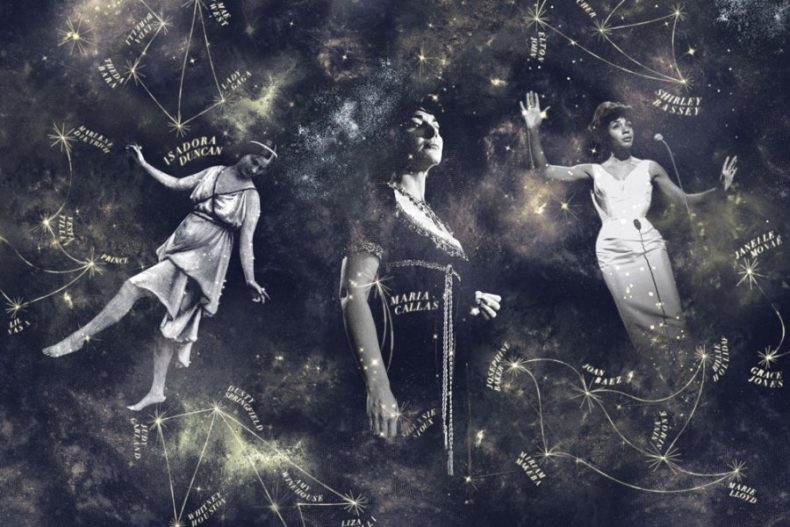
The musical soundtrack should be relished and saved for future use! The route from the ground-floor gallery to the first floor is accompanied by Petula Clark’s anthem ‘You Don’t Own Me’ (1964), a brilliant introduction to the themes of the second section, which covers the 1960s onwards and how performers have used their fame and fandom to resist mainstream culture, propose radical political views and ‘queer’ gender, sexuality and what constitutes glamour. Elaborate costumes for performers such as Tina Turner and Cher contrast with the more everyday styles of singers such as Janis Joplin. Although the diva does not necessarily have to be excessive, outlandish and spectacular, it helps to perpetuate their divinity and the idea that they are different from and more glorious than ordinary people. The image of the diva depends on many arts: costume design, make-up, lighting, choreography, set design, sound and much more. Perhaps one of the outstanding contributors to this process is the costume designer Bob Mackie, who designed the famous ‘flame dress’, worn by performers such as Tina Turner and Cher (again) and, more recently, RuPaul. The dress transforms the wearer into a fire bird, or phoenix, emerging from the flames as they strut their divinity in front of their admirers.
Sketch of the ‘Flame dress’ designed for Tina Turner (1977), Bob Mackie
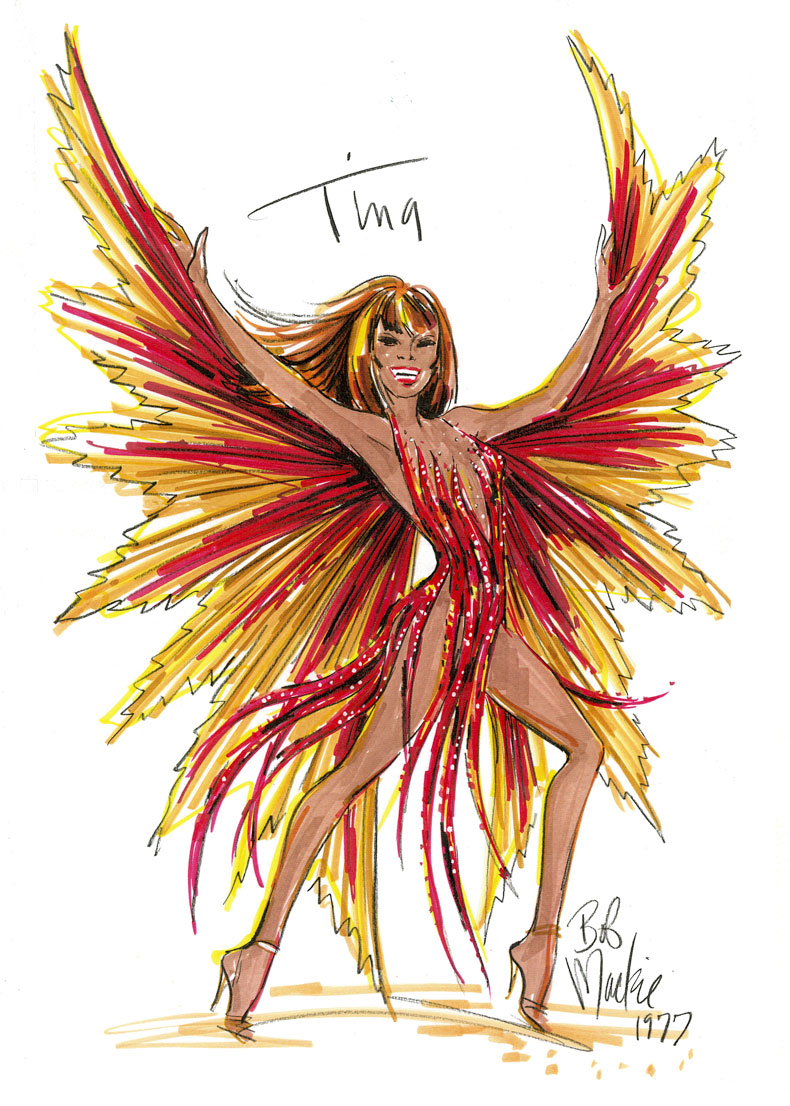
The diva has always been a shape-shifting construct and never more so than in recent decades when performers such as Lady Gaga and Madonna have constantly played with their images and when non-binary performers have assumed the mantle of the divine. It is no coincidence that one of the world’s leading LGBTQ+ magazine is named Diva. In the past, ‘diva’ was a derogatory term (and can be still). Act Two of the exhibition shows how the term has been reclaimed and reworked by performers for a wide range of social, personal and political agendas. (Act Three are projections in alcoves in what the exhibition calls the ‘diva-valhalla’).
Installation view of ‘DIVA’ at the Victoria and Albert Museum, London. Photo: courtesy the Victoria and Albert Museum
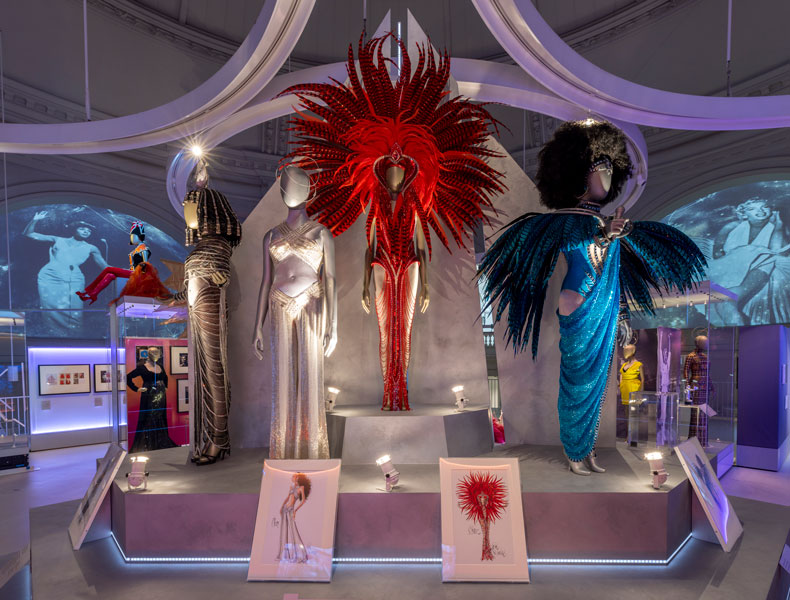
The exhibition is pure ‘V&A’: a presentation of the applied and performing arts that is full of gorgeous objects and images and based on sound scholarship. There are arguments here but, as befits their subject, they are worn lightly and with aplomb.
‘DIVA’ is at the Victoria & Albert Museum, London, until 7 April 2024.
